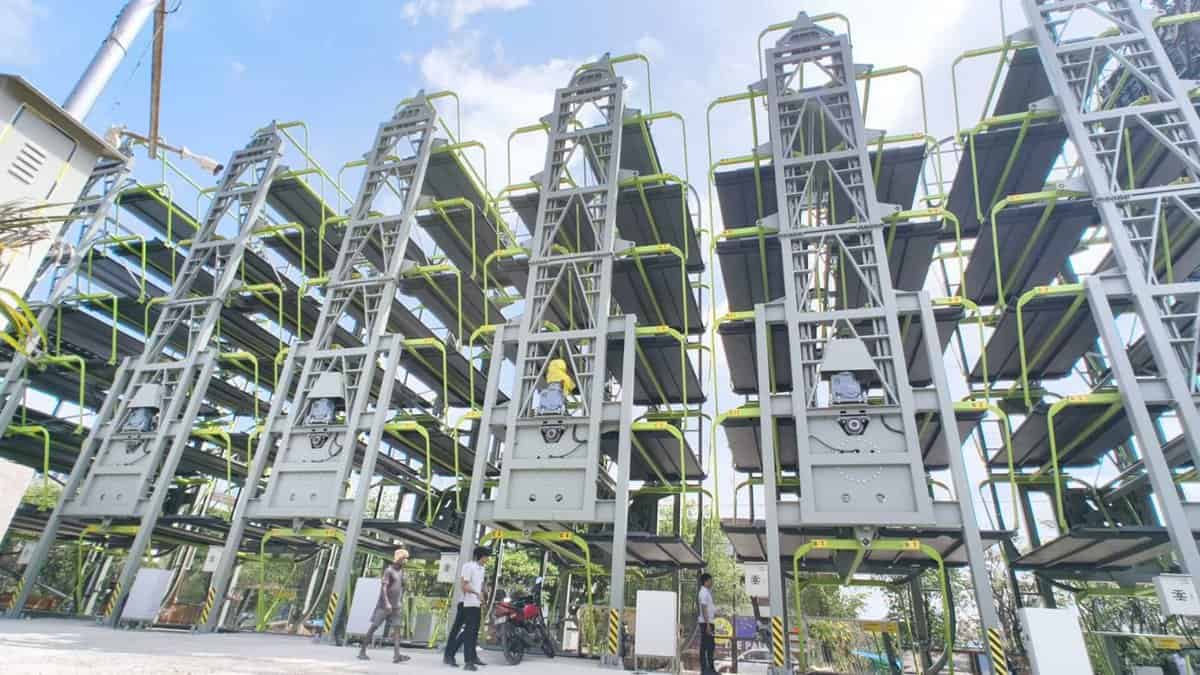Bitcoin is at a fork in the road. With the world moving towards renewable energy the spotlight is on Bitcoin’s energy usage more than ever. The story is familiar: Bitcoin mining is energy-hungry and the blockchain’s proof of work (PoW) requires a lot of compute. But as the world goes green the question is—can Bitcoin adapt to this new world or will it get left behind by other technologies that are lighter on the planet?
The reason is that Bitcoin mining, while decentralized and secure, uses a lot of electricity. This has led to the accusation that Bitcoin is bad for the environment especially when mining is plugged into non renewable energy grids. But the relationship between Bitcoin and renewable energy is more complicated than critics make out. In fact, Bitcoin might not just adapt to a renewable world—it could be a key player in accelerating the adoption of green energy. And with the Bitcoin price still fluctuating its viability as an asset depends in part on solving these energy problems.
The Mining Problem: Energy Usage Under the Microscope
Bitcoin mining is no longer just for tech-savvy hobbyists in their basements. Today, it’s a global industry with large scale mining farms in regions with cheap electricity. These operations will find the cheapest energy sources and often that means coal or natural gas in many parts of the world. This reliance on fossil fuels has made Bitcoin a target for environmentalists especially when climate change is the global priority.
But there’s another side to this story. A growing number of miners are switching to renewable energy sources. Iceland is becoming a hub for Bitcoin mining due to its geothermal and hydropower. Miners in Texas are using excess wind and solar power to power their operations. This isn’t just a moral choice—it’s an economic one. Renewable energy is getting cheaper and miners who can access these sources have a competitive advantage.
But the question remains—will this be enough to offset Bitcoin’s energy usage?
Innovation in the Renewable Era
Bitcoin’s critics forget it can be a driver of renewable energy adoption. Here’s where the argument gets interesting. Renewable energy sources like wind and solar are intermittent; the sun doesn’t shine 24/7 and the wind isn’t always blowing. This creates inefficiencies in the grid and excess energy is often wasted. Bitcoin mining can solve this problem by being a flexible “energy buyer of last resort”.
Miners can soak up excess renewable energy during periods of low demand, creating an economic reason to invest in green infrastructure. Projects in West Texas are already doing this, using Bitcoin mining to monetize excess wind power that would otherwise go to waste. In hydro-rich areas like Sichuan, China (before the regulatory crackdowns), Bitcoin mining would often coincide with the rainy season, using excess energy to keep operations running.
Another interesting development is Bitcoin mining integrated into off-grid renewable projects. Small solar farms for example can use mining as a way to generate consistent revenue, making renewable projects more viable in remote areas.
Proof-of-Stake
One of the biggest criticisms of Bitcoin is its continued use of PoW. Competitors like Ethereum have moved to proof-of-stake (PoS), a consensus mechanism that eliminates mining altogether and has validators secure the network based on their coin holdings. PoS is much less energy intensive and many say Bitcoin’s failure to follow suit will be its downfall.
But Bitcoin’s most die-hard fans argue that PoW is fundamental to the blockchain’s security and decentralization. PoS concentrates power in the hands of the wealthy, PoW is more egalitarian, rewarding computational effort not coin ownership. For Bitcoin to abandon PoW would be to compromise its very being, something that seems unlikely at this stage.
Instead, Bitcoin’s future in a renewable energy world will depend on technological innovations that make PoW more efficient. Research into alternative mining algorithms and hardware efficiency advancements can help reduce the environmental impact without sacrificing what makes Bitcoin unique.
Bitcoin in a Sustainable World
As the renewable energy transition happens, Bitcoin is well placed. Governments and corporations are pouring billions into green infrastructure and miners are setting up shop in areas with abundant renewable resources. El Salvador’s geothermal powered Bitcoin City is an example of how countries are starting to align Bitcoin with their renewable energy goals.
But Bitcoin’s sustainability story is not just about energy consumption—it’s about perception. In a world where environmental, social and governance (ESG) is becoming a key investment criteria, Bitcoin needs to lose its reputation as an environmental villain. Transparent reporting on mining energy sources and collaboration between the crypto industry and renewable energy providers can help change the narrative.
For Bitcoiners, the way forward is advocacy. By choosing wallets, exchanges and mining pools that support green energy initiatives, we can all send a message that sustainability matters.
Betting on Bitcoin
So will Bitcoin survive the renewable energy push? The short answer: It depends. If the industry keeps embracing renewable energy and innovating within the PoW framework, Bitcoin could be an unexpected ally in the fight for a greener world. But complacency isn’t an option. Without progress, Bitcoin will lose investors and users who care about sustainability.
In the end, Bitcoin’s energy story is about trade-offs not absolutes. It’s a system that consumes a lot but offers a lot in return—decentralization, security, financial sovereignty. For those who believe in it, the bet is easy: Bitcoin isn’t a fossil fuel relic. It’s a technology that can adapt to a renewable world. Whether it will is a problem to be solved.
















































